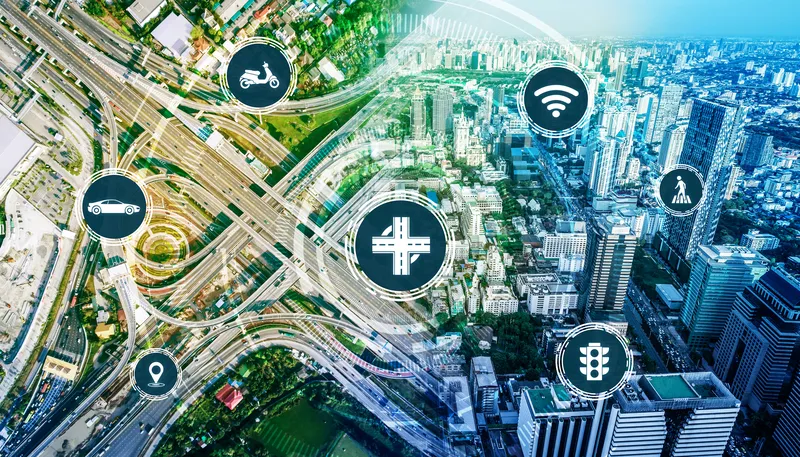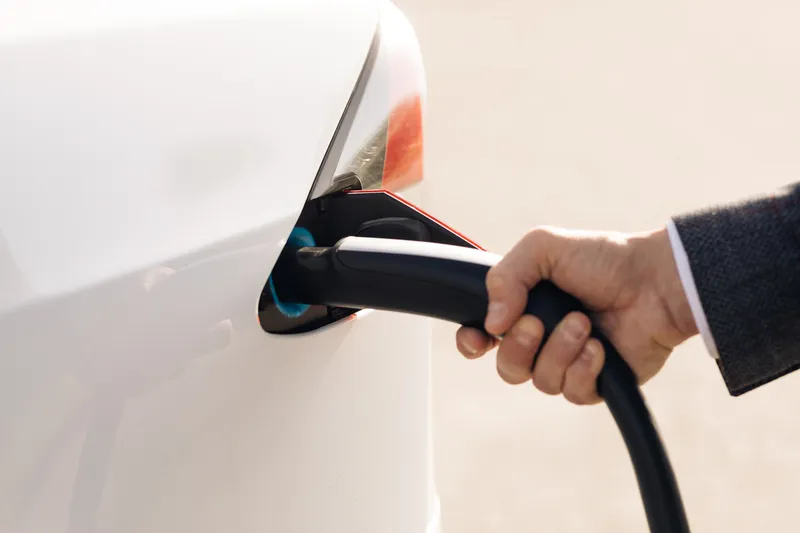
Iteris and Continental are exploring intelligent infrastructure solutions for communities in North America with the aim of readying cities for advancements in connected and autonomous (C/AV) technologies.
Iteris says the partnership is designed to help ensure safer and more efficient mobility.
The collaboration is to utilise automotive sensors and Infrastructure to Vehicle (I2V) connectivity to make city transportation systems across North America more efficient, while supporting local and regional transportation agencies’ efforts to achieve their Vision Zero goals.
Information generated by the automotive sensors will be used to enable cooperative perception capabilities.
Cooperative perception messaging allows a connected vehicle to share its location with other Vehicle to Everything (V2X) enabled devices as well as what it senses – a pedestrian or car – with the rest of its connected environment, the company adds.
The partners will seek to improve the current transportation infrastructure while working toward a more balanced and optimised infrastructure that communicates with the mobility ecosystem in the future due to expanded sensing capabilities.
Murali Srinivasan, vice president, passive safety and sensorics at Continental North America, says: “As we look to a future with more connected and automated vehicles (C/AVs), the infrastructure will play a bigger role, demanding updates in sensing, connectivity and communication capabilities.”
“Historically, infrastructure and automotive development happened largely independent from one another. Our efforts will help blur that boundary, ensuring that sensor data can be used in new and important ways to create a fuller, real-time picture of a traffic situation,” Murali adds.
The partnership is also expected to contribute to stronger V2X effectiveness, a technology which the US Department of Transportation says the potential to address 80% of unimpaired vehicle crashes.
Roadway injuries and fatalities also impact people outside of vehicles as figures from the National Safety Council show approximately that 30% of all road fatalities in the US are vulnerable road users, which include pedestrians, cyclists, scooters and motorcyclists.









